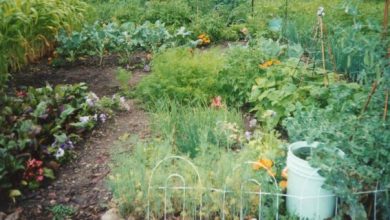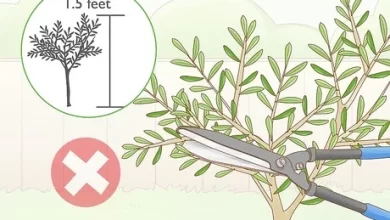Chinese Money Plant: [Planting, Care, Watering and Substrate]
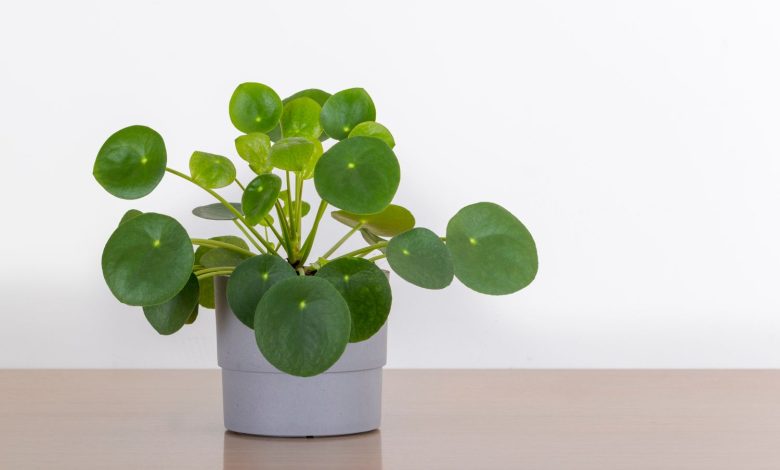
The well-known Chinese money plant has fleshy leaves of an intense green color with a smooth surface and a rounded shape. Its scientific name is Pilea Peperomioides and it is another plant used indoors for decorations. It is also used as a hanging plant.
Its foliage, when very bushy, resembles many coins. Hence its popular name.
It is also known in some places as a missionary plant.
Characteristics of the Chinese money plant
 Botanical name: Pilea Peperomioides.
Botanical name: Pilea Peperomioides.- Common name: Chinese money plant.
- Origin: Southwest China.
- Height: 20 – 30 cm.
- Light: Keep the Chinese money plant in plenty of bright, indirect light. Make sure to keep it out of direct sun as this will cause scorch marks on the leaves.
- Water: Keep the soil slightly moist and be careful not to soak it too much. You can also let the soil dry out a bit between waterings, especially during the cooler months.
- Humidity: The medium humidity of a room is fine, however if you find that the edges of the leaves are burning you should increase the humidity levels.
- Temperature: The Chinese money plant does not like temperatures below 10°C, optimum temperatures are 13°C to 30°C – make sure the temperature does not swing wildly either.
- Soil: Use an all-purpose soil that drains well to ensure the plant doesn’t stay too wet after watering.
- Fertilizer: Feed once a month in spring and summer. You should also feed the plant when the mother plant is producing baby plants.
- Toxicity: The Chinese money plant is not a Toxic plant.
It is very common in southern China and is part of the Urticaceae family. It arrived in Europe in 1946. It has the special characteristic that the stem that joins the bush with the leaf, the so-called petiole, is located in the center of it.
It is a small plant, maximum about 30 to 35 cm and the length of its famous leaves is about 10 cm.
It can also be considered a fast growing plant.
Temperature: Where to plant the Chinese money plant?
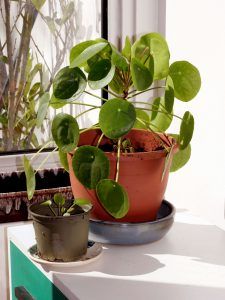 Its resistance is very high, to the point that it can withstand a sudden drop in air temperature to 0°C, as long as there is no irrigation. And the low temperature content in the winter period, which varies between 5 to 7° C, stimulates future spring flowering.
Its resistance is very high, to the point that it can withstand a sudden drop in air temperature to 0°C, as long as there is no irrigation. And the low temperature content in the winter period, which varies between 5 to 7° C, stimulates future spring flowering.
But the truth is that it feels much more comfortable at ambient temperatures between 15 to 18 ° C.
The severe winter hits it hard, but keep it well protected and with a minimum temperature of 12°C. The ideal maximum is around 25°C.
Light: What needs do you have?
They favor low ambient light. It grows well in shady places.
Do not allow light to reach it from the side if you have it located right next to a window, because it will grow crooked in the eagerness to find sunlight. Turn the pot and it will always be better to put it in the center of the window.
It is best to find a semi-shaded site, where it is not possible for the sun to burn its beautiful, perfectly rounded leaves.
But its adaptability is so tremendous that it will thrive well in both dark and light environments in your home, office, or business. They can even have you in the bathroom or in the kitchen. She will never stop showing her best intense green countenance.
Substrate and Fertilizer: How do we prepare the land?
A vital condition for the survival of this nice plant is to ensure the right substrate. You have to let it dry well before taking on a new watering.
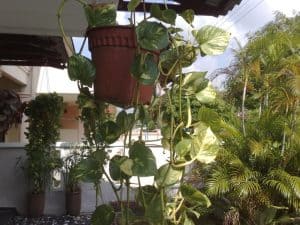 It requires a fertilizer of excellent quality throughout the year, because this practice will favor leaves that are always healthy, preventing the shoots from separating, and this is achieved with an adequate supply of nutrients.
It requires a fertilizer of excellent quality throughout the year, because this practice will favor leaves that are always healthy, preventing the shoots from separating, and this is achieved with an adequate supply of nutrients.
From spring to autumn, it must be paid twice a month and in winter only once.
Use universal fertilizers for green or decorative plants and never abuse the dose established by the manufacturer.
The Pilea Peperomioides will last longer if the pruning is done every year, but it is always good to be aware of the leaves that are drying to remove them carefully and favor a more than deserved rejuvenation.
And the transplants can be carried out in the first half of the year, between spring and until mid- summer.
Irrigation: How and how often do we water?
The water in the pots should be drained as much as possible, as soon as the liquid enters the substrate. And even more so in winter, since excessive humidification is especially bad at this time, because the leaves will look sickly if the irrigation is inaccurate.
Also, remember that you should not, between irrigation and irrigation, pour water on the wet substrate. Let it dry completely.
Chinese Money Plant Pests and Diseases
Yellow sheets
Too much or too little water, although it is usually too much. Touch the ground to make sure.
If you also see small brown spots in addition to the yellowing of the leaves or small dark new leaves, it is probably insufficient or at least uneven watering.
If you are sure that you are watering correctly but you still have yellow leaves, a lack of substrate and fertilizer could be the problem. Follow the instructions above.
Slow or no growth
During the cooler months this is to be expected as there is less sun for photosynthesis.
If not, make sure it gets adequate amounts of sunlight and water. You can also add fertilizer to your care routine for these plants to improve their growth. Beware of overfeeding and be on the lookout for any warning signs your Chinese money plant may give you.

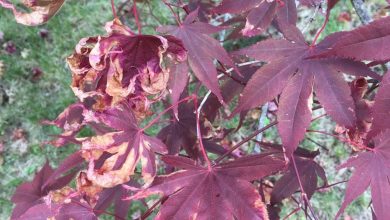
![Photo of How to Fertilize a Cherry Tree: [Dates, Components and Phases]](https://www.complete-gardening.com/wp-content/uploads/2022/08/how-to-fertilize-a-cherry-tree-dates-components-and-phases-390x220.jpg)
